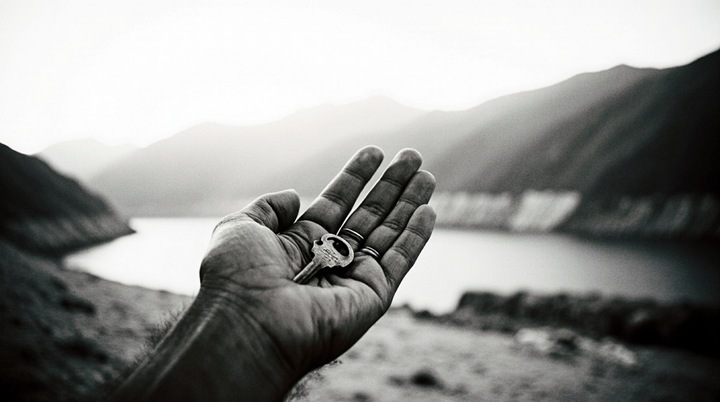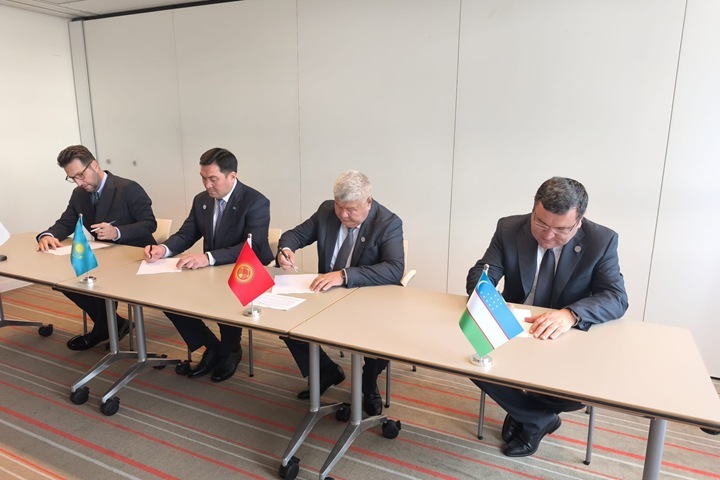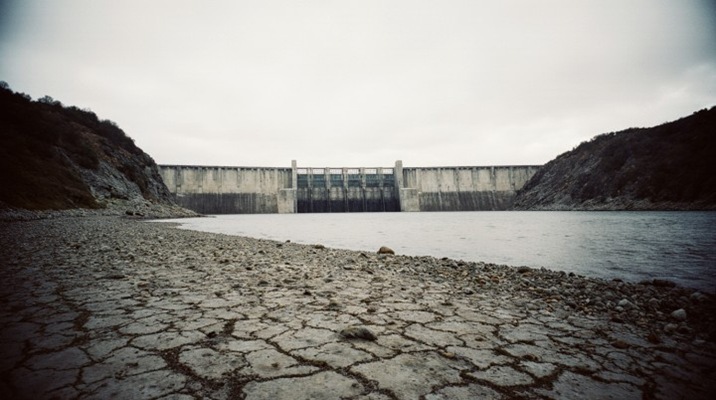The pitfalls of the Rogun Dam: about the fate of immigrants from the flood zone
The Rogun Dam construction project in Tajikistan in its current form involves the forced relocation of up to 60 thousand local residents from the flood zone. These people should leave their home and their land to start living in a new place with a clean slate. Supporters of the project insist that this is the price of progress – tens of thousands of people must give up their land and shelter so that the state receives funds for the export of electricity from Dams, and the Rogun dam has become the tallest stone dam in the world.

Yes, that’s the price of progress. But only if progress is considered synonymous with maximizing the profits of Tajik and international construction companies without taking into account any humanitarian aspects. The project developers settled on the option of building the highest dam, justifying this with economic benefits from the export of electricity. At the same time, they rejected another alternative option, in which the level of the Rogun reservoir would be only 35 m lower, but would avoid the forced relocation of 32 thousand people, which is more than 60% of the total number of displaced persons. The loss in electricity generation at the same time would be only 18%. However, such a scenario, apparently, did not seem progressive enough to the project developers. Although there are also big questions about their own progressiveness: the very justification for choosing the maximum Dam option in the design documentation is based primarily on outdated data from a decade ago and does not take into account modern economic realities and the development of alternative energy sources, such as solar and wind power plants, which could fully compensate for the ill-fated shortage of 18% of the generation.
The statistical data on which the resettlement plans from the Rogun Dam flooding zone are based look unreliable and contradictory. In the project documentation, the total number of people subject to forced resettlement is constantly growing: from 42 thousand to “almost 60 thousand”, while the justification for such changes is not given. The figures in the documents often do not agree with each other. For example, in one place it is indicated that labor migration is the main source of income for 54% of households, while in another – that only 3% of households include labor migrants. This confusion indicates the lack of accurate accounting of all affected persons, especially those who work outside the country (mainly in Russia). Without a clear understanding of how many people need support and with what needs, it is impossible to develop adequate assistance measures. In addition, resettlement plans do not take into account the natural division of large families into several new households after relocation, which can lead to a serious underestimation of housing and resource needs.
Of particular concern is the quality of new places for resettlement. The documents acknowledge that in many new settlements there are serious problems with access to water, arable land and pastures. There is evidence that in some new settlements drinking water is supplied for only 30 minutes a day. This directly contradicts international requirements, according to which living conditions in a new place should be at least equivalent to the previous ones. The results are already noticeable: according to the same plan, after resettlement, the share of households engaged in irrigated agriculture fell from 44 to 6%, and the share of families not keeping livestock increased from 19 to 56%. Instead of restoring the traditional agrarian way of life, people are actually being pushed to abandon agriculture and join the ranks of labor migrants or unskilled workers, which threatens to destroy community ties and form pockets of poverty.
The compensation methodology also causes serious complaints. Until July 2024, when assessing the value of property left in the flood zone, a depreciation deduction was applied, which is a direct violation of the requirement for “full replacement cost”. As a result, 778 already resettled families received understated compensation. Although this practice has been discontinued, in order to remedy the situation, people are invited to contact a specially created bureaucratic body – the Complaints Mechanism. This approach, in fact, shifts responsibility to the victims themselves. Moreover, statistics directly confirm the low efficiency of this body: with 25-50% of households claiming a lack of funds, only 3% were able to receive additional assistance through the Complaints Mechanism.
Maybe the fact is that the project simply does not have enough money to relocate local residents from the flood zone? After all, building the highest dam in the world is an extremely expensive business. Alas, we cannot verify this. The budget of the Rogun Dam project allocated for resettlement is not transparent, but, apparently, it is really insufficient. The total budget indicated in the plan of the “second stage” of resettlement is $87.5 million for 17 thousand displaced persons, but there is no detailed cost. For example, $44 million has been pledged for the “restoration of infrastructure”, but without a breakdown by schools, hospitals or roads. The budget of direct compensation for seized houses and property is much more modest and, judging by the sparse data provided, amounted to less than $ 1,000 per migrant. The livelihood restoration plan for displaced persons does not have its own separate budget at all, relying on other foreign aid programs, which does not guarantee stable and sufficient funding. At the same time, the total cost of resettlement from the flood zone of the Rogun Dam in different project documents varies from $ 278 to $ 380 million – the difference of $ 100 million is not explained anywhere. Such financial uncertainty, of course, jeopardizes the fulfillment of obligations to immigrants.
Finally, the proposed relocation schedule looks completely unrealistic. Within the framework of the “second stage” (2017-2026), only about 7800 people have been resettled in seven years. According to the new plan published in August 2025, about 9 thousand more people are planned to be expelled from the flood zone of the Rogun Dam by the end of 2026, that is, in less than a year and a half. Such a sharp acceleration of the pace will inevitably lead to a decrease in the quality of the selection and preparation of new sites, insufficient information and consultation, which may result in forced eviction (expulsion) of local residents as the Rogun reservoir fills.
Our public environmental organization and our colleagues in the international coalition Rogun Alert are convinced that in their current form, resettlement plans for the Rogun Dam do not carry improvements, but risks of worsening the lives of thousands of people. In order for the project not to become a symbol of human tragedy, it is necessary to carry out a fundamental revision of these plans. A transparent and honest analysis of alternatives is required, aimed at choosing an option with minimal resettlement, an accurate count of all persons affected by resettlement, providing new places of residence with all the necessary resources before moving, fair compensation and realistic deadlines. We remain convinced that even at the present time progress is measured not by the height of the dams being built and the volume of kilowatt-hours produced, but by the maximum conservation of the environment and human destinies.
Alexander Kolotov,
Director of the Rivers Without Borders Public Foundation
Nezavisimaya Gazeta
Original (in Russian): Подводные камни Рогунской ГЭС: о судьбе переселенцев из зоны затопления


